Every year on the last Wednesday of May, wildlife enthusiasts around the globe celebrate World Otter Day. These playful, intelligent mammals have captured hearts with their curious nature and remarkable adaptability. From rushing mountain streams to calm coastal waters, otters have made themselves at home in some of the planet’s most spectacular locations.
Whether you’re planning your next wildlife adventure or simply dreaming of otter encounters, these habitats offer incredible opportunities to witness these charismatic creatures in their natural environments. Here is a list of 20 otter habitats that showcase the diverse worlds these remarkable animals call home.
Monterey Bay, California

California’s most famous marine mammals make the kelp forests of Monterey Bay their playground. Sea otters here spend their days floating on their backs, often using rocks as tools to crack open sea urchins and abalone with surprising dexterity.
The protected waters around the Monterey Peninsula offer some of North America’s best otter viewing opportunities, particularly from the scenic 17-Mile Drive, where visitors can watch these charismatic creatures without disturbing their daily routines.
Yellowstone National Park, Wyoming

Yellowstone’s pristine waterways buzz with river otter activity throughout the year. These agile swimmers hunt for trout and other fish in waters that stay relatively warm thanks to geothermal activity.
This natural heating system keeps certain areas ice-free even during harsh winters. You’ll often spot them playing along the banks near Fishing Bridge, though their winter antics of sliding down snowy riverbanks create some of the park’s most entertaining wildlife moments.
Like Travel Pug’s content? Follow us on MSN.
Olympic National Park, Washington
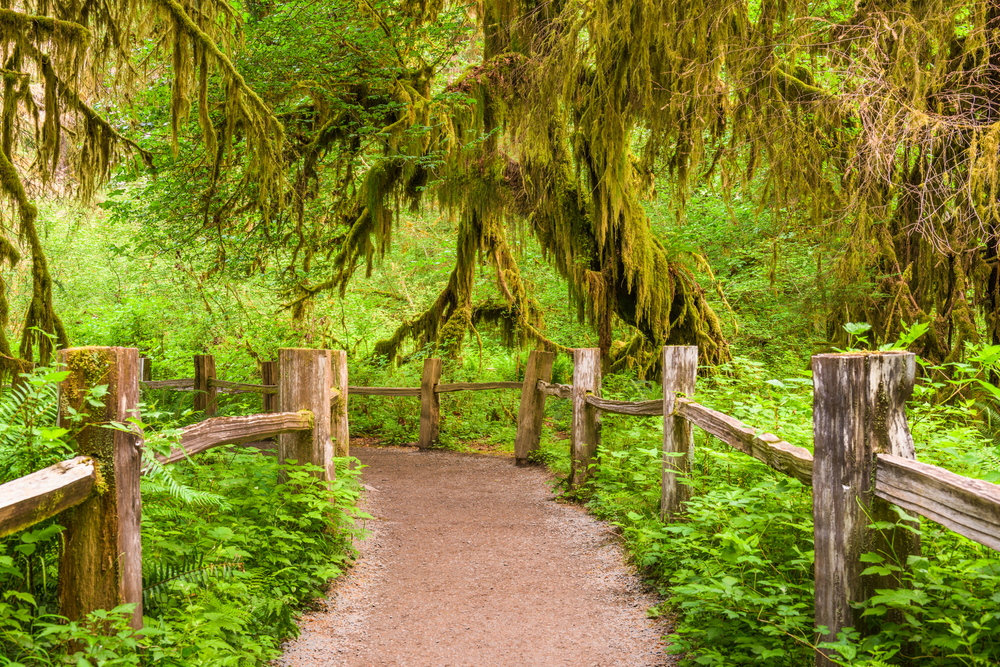
Both river and sea otters call Olympic National Park’s temperate rainforests home, thriving in a landscape that feels almost prehistoric. River otters navigate the park’s countless streams and lakes with ease, while their marine cousins patrol the rugged Pacific coastline where massive storms have carved dramatic headlands.
The Hoh River and nearby coastal areas provide excellent opportunities to observe these creatures, particularly during the quieter shoulder seasons when tourist crowds thin out.
Algonquin Provincial Park, Ontario
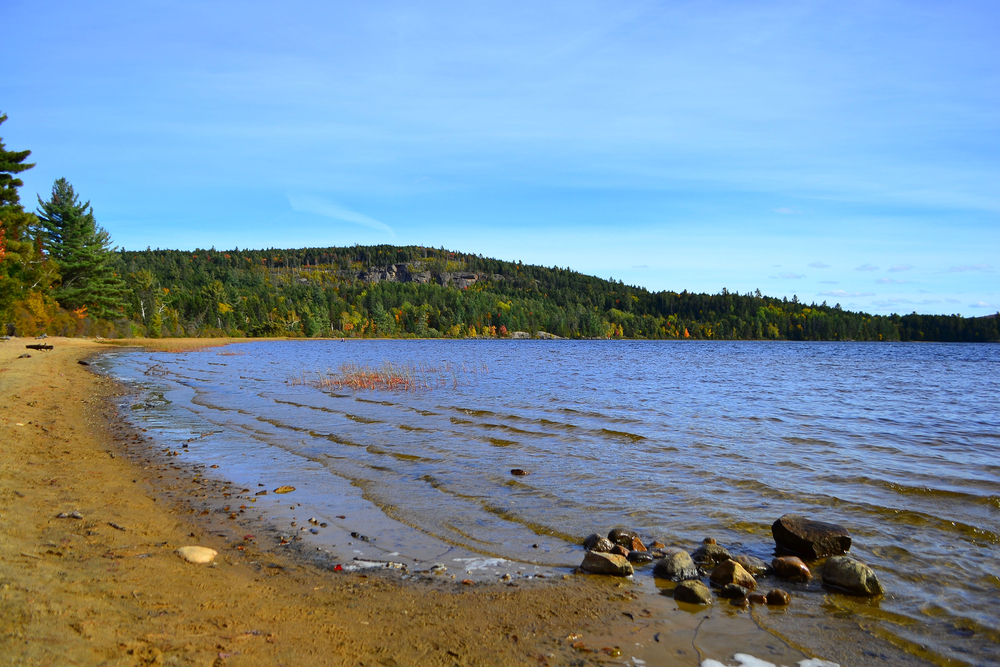
Canada’s iconic wilderness park is home to North American river otters, which have adapted perfectly to the harsh northern climate. These hardy animals maintain breathing holes in frozen lakes throughout winter and build their dens in riverbanks protected by a thick forest canopy.
Canoeing the park’s interconnected waterways during summer offers the best chance to witness their playful antics, though spotting them requires patience since they’re naturally wary of human presence and tend to avoid noisy areas.
Scottish Highlands, Scotland

The lochs and coastal waters of Scotland support thriving Eurasian otter populations—a remarkable comeback story that’s taken decades to unfold. These solitary hunters patrol rocky shores and peat-stained streams throughout the Highlands, often venturing inland along ancient drovers’ paths, largely unchanged for centuries.
The Isle of Mull and the Shetland Islands provide particularly reliable otter viewing, especially during early morning hours when these elusive mammals are most active.
Like Travel Pug’s content? Follow us on MSN.
River Thames, England
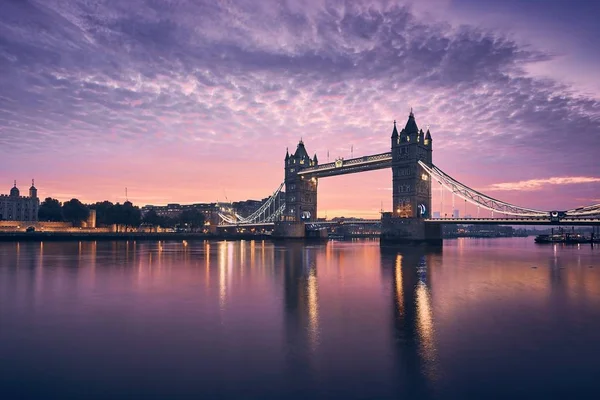
Once thought extinct in London’s famous river, otters have returned to the Thames in what’s become one of Europe’s most celebrated conservation success stories. These urban-adapted animals now hunt for fish beneath iconic bridges, navigating waterways that flow past some of the world’s most recognizable landmarks.
Wildlife cameras regularly capture footage of otters near Tower Bridge and the Houses of Parliament, proving that nature can reclaim even the busiest urban environments when given half a chance.
Danube Delta, Romania
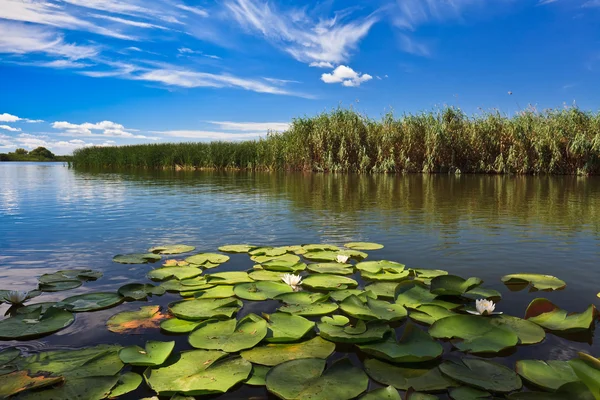
Europe’s largest river delta creates an intricate maze of channels and wetlands where Eurasian otters flourish among countless bird species. The delta’s remote location and protected status have allowed otter populations to recover naturally, without the intensive management programs needed in more developed regions.
Boat tours through this UNESCO World Heritage site often reveal otters hunting in shallow channels that wind through vast reed beds stretching toward the horizon.
Kamchatka Peninsula, Russia
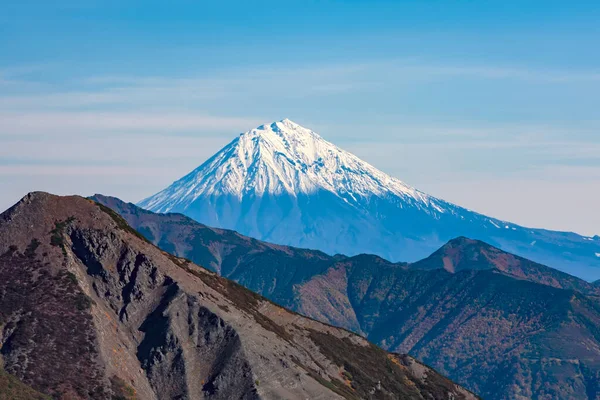
This remote volcanic peninsula supports some of the world’s largest sea otter populations in waters incredibly rich with salmon and other marine life. The nutrient-rich currents around Kamchatka sustain dense kelp forests—underwater cathedrals that provide both food and shelter for these marine mammals.
Access requires special permits, yet those who make the journey witness otters in pristine conditions that have remained virtually unchanged for centuries.
Like Travel Pug’s content? Follow us on MSN.
Singapore Zoo, Singapore
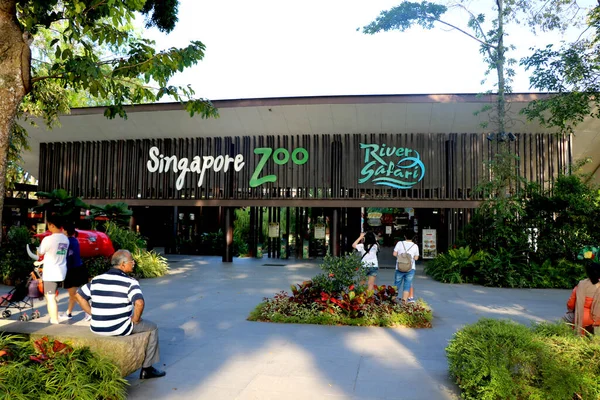
Asian small-clawed otters thrive in the world-renowned Singapore Zoo’s spacious exhibits, which carefully replicate Southeast Asian mangrove environments. The smallest of all otter species, they demonstrate remarkable dexterity and complex social behaviors in habitats featuring flowing streams and dense vegetation, designed by experts who understand exactly what these animals need to flourish.
The zoo’s breeding program has successfully contributed to conservation efforts throughout the region, though captive breeding can never fully replace wild habitat protection.
Kruger National Park, South Africa
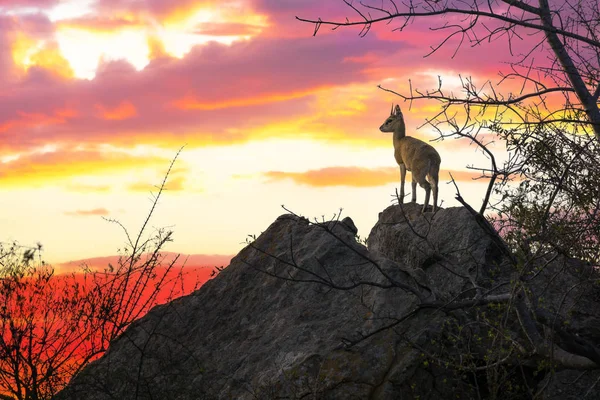
African clawless otters make their homes in the permanent rivers and water holes scattered throughout South Africa’s flagship national park. These adaptable animals have learned to coexist with hippos, crocodiles, and other dangerous wildlife while hunting for crabs and fish in muddy waters—a balancing act that requires both courage and cunning.
Game drives along the Sabie and Crocodile Rivers sometimes reveal otters foraging in the shallows during cooler morning hours, though they’re masters at staying hidden when larger predators are nearby.
Amazon Rainforest, Brazil

Giant river otters patrol the quiet backwaters and oxbow lakes deep within the Amazon basin. The largest members of the weasel family are social animals that live in family groups and communicate through a complex system of vocalizations that echo across the forest canopy.
Remote lodges along tributary rivers offer the best opportunities to observe these magnificent creatures, though their populations face increasing pressure from habitat loss and human development.
Like Travel Pug’s content? Follow us on MSN.
Pantanal, Brazil
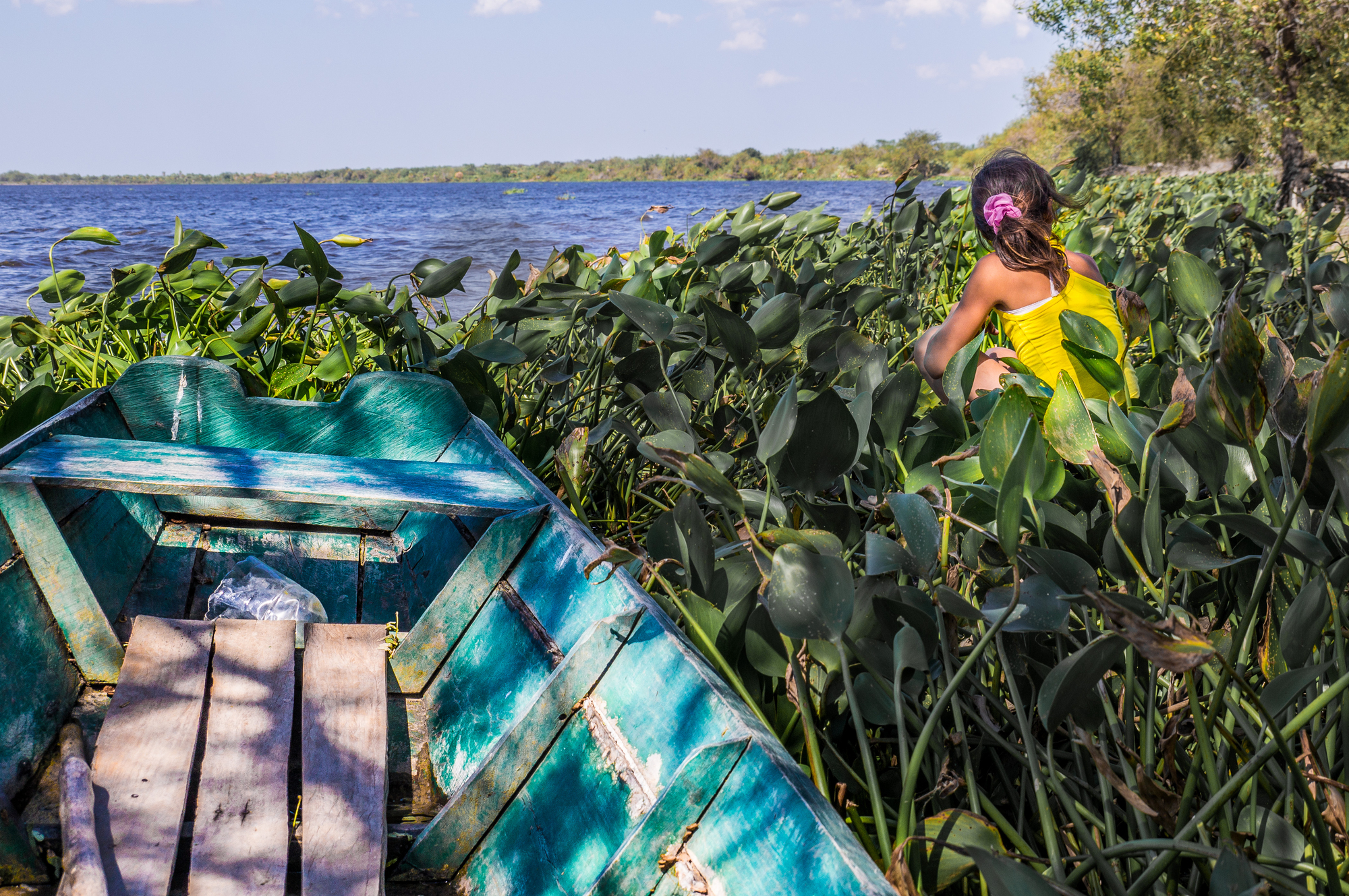
The world’s largest tropical wetland provides ideal habitat for both giant and neotropical river otters in an ecosystem that’s absolutely teeming with wildlife. During the dry season, these aquatic mammals concentrate around remaining water sources alongside jaguars, caimans, and countless bird species. The Pantanal’s network of seasonal floods creates perfect conditions for otter families to establish territories in relatively shallow, fish-rich waters that change dramatically throughout the year.
Chitwan National Park, Nepal
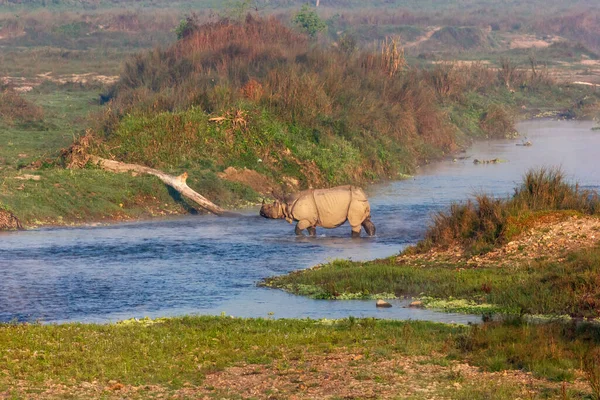
Smooth-coated otters inhabit the rivers and grasslands of this UNESCO World Heritage site nestled in the Himalayan foothills. These semi-aquatic mammals share their habitat with one-horned rhinoceroses, Bengal tigers, and hundreds of bird species in one of Asia’s most biodiverse ecosystems.
Canoe trips along the Rapti River provide peaceful encounters with otters while navigating through pristine subtropical wilderness that feels worlds away from modern civilization.
Sundarbans, Bangladesh

The world’s largest mangrove forest harbors smooth-coated otters that have adapted to life in tidal waterways where fresh and salt water constantly mix. These resilient animals navigate complex channel systems that flood and drain with each tide cycle, creating a challenging environment that tests their adaptability daily. Local fishermen occasionally spot otters hunting among the prop roots of mangrove trees, demonstrating remarkable adaptability to one of Earth’s most challenging aquatic environments.
Like Travel Pug’s content? Follow us on MSN.
Kerala Backwaters, India
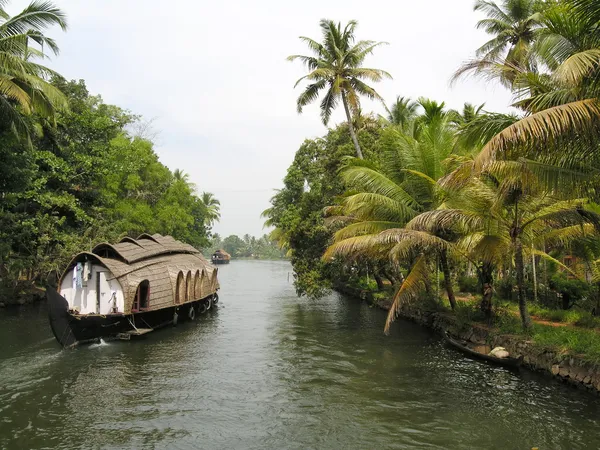
Traditional houseboats glide through Kerala’s interconnected canals and lagoons, where smooth-coated otters hunt in waters bordered by coconut palms and spice gardens. These waterways were created for rice cultivation but now support thriving otter populations that have adapted to centuries of human activity. Early morning boat rides through quieter channels offer the best chances to observe these elusive mammals away from busier tourist routes that dominate the region.
Halong Bay, Vietnam
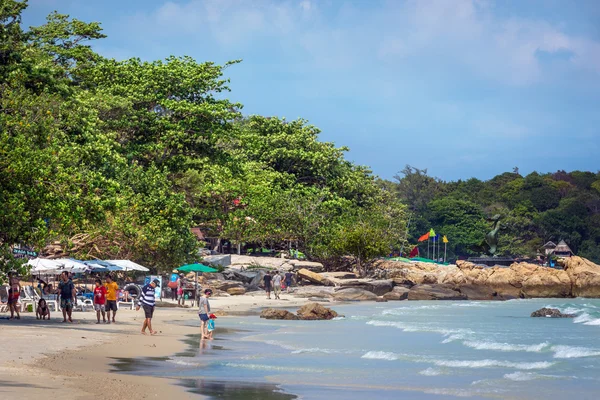
The limestone karsts and emerald waters of this UNESCO World Heritage site provide habitat for Asian small-clawed otters in sea caves and tidal pools carved by millennia of wave action. These nimble climbers navigate vertical rock faces with surprising agility while hunting for crabs and small fish in crystal-clear waters.
Kayaking through secluded lagoons reveals hidden otter families that have made their homes in caves, though tourism pressure threatens some of their most important refuges.
Tasmania, Australia
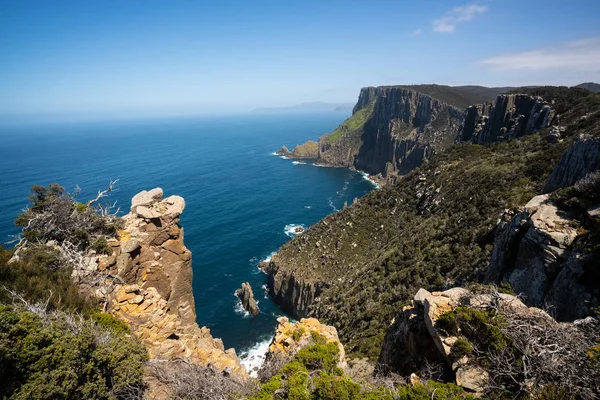
The island state’s pristine rivers and coastal waters support healthy populations of support healthy populations of rakali (Australian water rats), often mistaken for otters due to their aquatic lifestyle, but equally charismatic in their aquatic lifestyle. These endemic mammals inhabit everything from mountain streams to tidal estuaries around the island’s rugged coastline.
Tasmania’s Cradle Mountain-Lake St Clair National Park offers excellent opportunities to observe these unique Australian aquatic mammals in temperate rainforest settings that showcase the continent’s distinctive wildlife heritage.
Like Travel Pug’s content? Follow us on MSN.
Fiordland, New Zealand
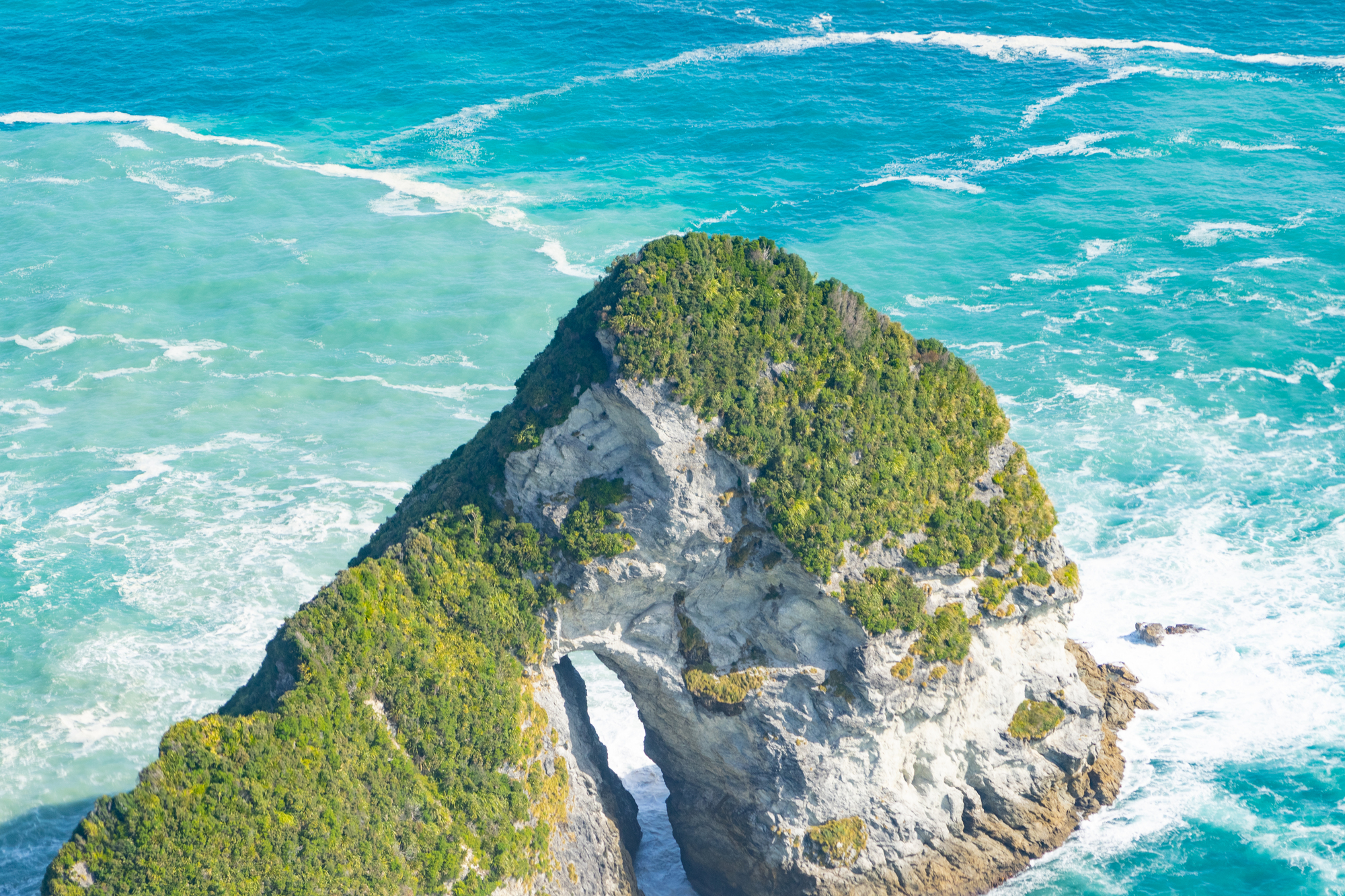
While New Zealand lacks native otters, the dramatic fiords and pristine waterways of this UNESCO World Heritage area demonstrate what an ideal otter habitat should look like in the Southern Hemisphere. The region’s crystal-clear waters, abundant fish populations, and lack of human development create conditions that would easily support thriving otter communities.
Conservation efforts focus on protecting these pristine aquatic ecosystems for potential future wildlife introductions, though any such programs would require extensive research and planning.
Chilean Patagonia, Chile

Southern river otters inhabit the remote fjords and temperate rainforests of Chilean Patagonia in one of South America’s last great wilderness areas. These endangered mammals navigate icy waters fed by glacial melt while hunting for native fish species found nowhere else on Earth.
Access requires expedition-level planning, yet those who reach these remote waterways witness otters in landscapes virtually untouched by human development, representing what much of the continent looked like centuries ago.
Alaska Peninsula, Alaska
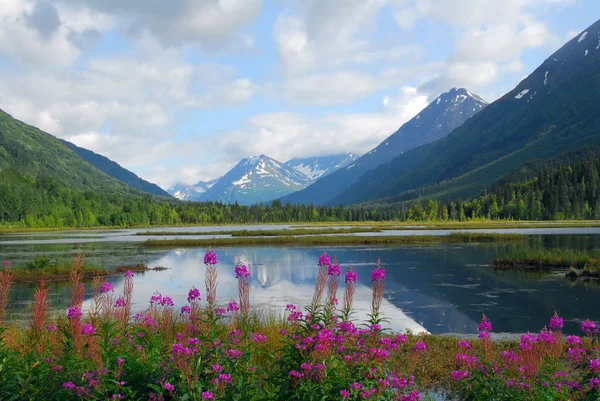
Sea otters raft together in massive groups in the nutrient-rich waters surrounding the Alaska Peninsula, creating one of nature’s most spectacular wildlife gatherings anywhere on the planet. These northern populations represent the species at its most robust, with individuals significantly larger than their southern relatives, who face different environmental pressures.
The remote location and harsh conditions have preserved otter populations that demonstrate behaviors and social structures rarely observed elsewhere, offering scientists invaluable insights into natural otter ecology.
Like Travel Pug’s content? Follow us on MSN.
Nature’s Enduring Ambassadors
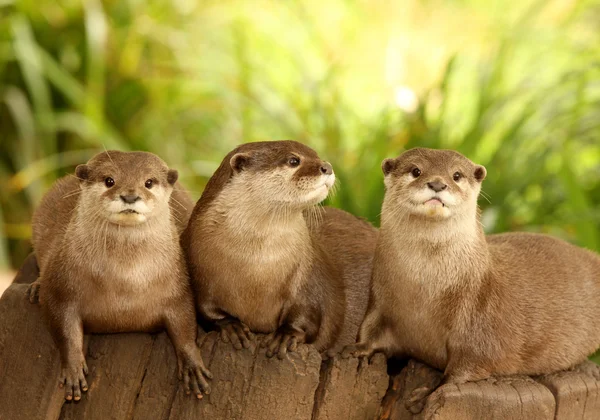
From California’s kelp forests to Patagonia’s fjords, otters continue capturing our imagination while serving as indicators of healthy aquatic ecosystems worldwide. Their remarkable recovery in many regions proves that dedicated conservation efforts can reverse centuries of population decline when communities commit to long-term protection strategies.
These playful ambassadors remind us that protecting waterways benefits not just otters, but entire communities of wildlife that depend on clean, abundant water for survival. As we celebrate World Otter Day, these 20 habitats stand as a testament to what’s possible when we choose to share our world with nature’s most endearing aquatic acrobats.
More from Travel Pug

- 20 Best Beach Towns in the Carolinas
- 13 Destinations Where Tourists Regularly Regret Their Trip
- 20 Destinations That Are More Magical Without an Itinerary
- 20 Underrated Adventures That Belong on Your Travel List
- 20 Cities Where You Should Just Wing It, No Planning Required
Like Travel Pug’s content? Follow us on MSN.
